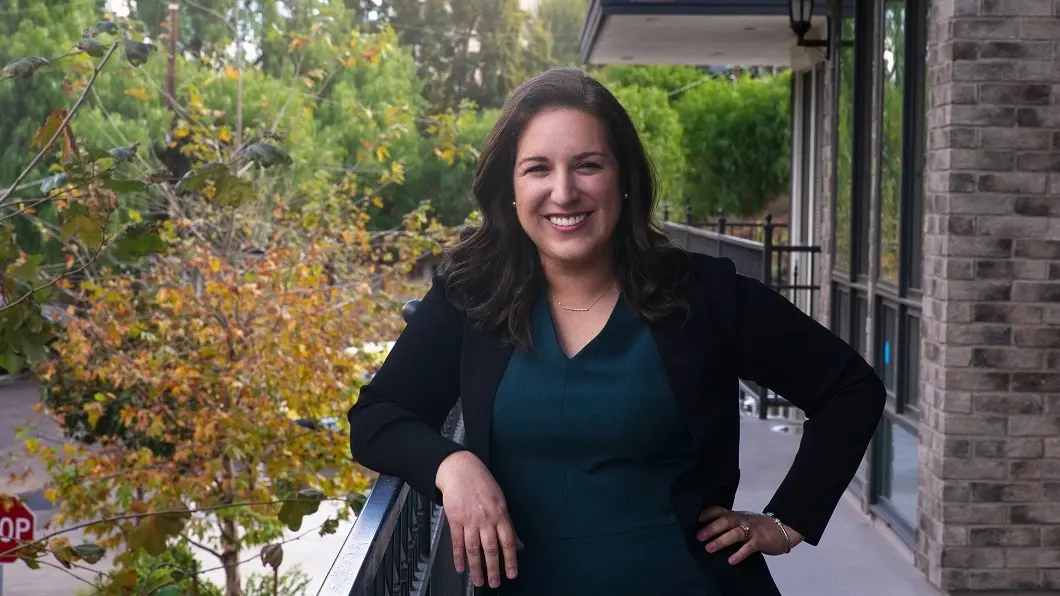At the MyoGrow Airway Center we envision a world where we can help infants, children and adults breathe, sleep, eat, communicate, grow, and thrive through myofunctional orthodontics, releasing tethered oral tissues, and collaborating with airway health colleagues.
What is
MyoGrow?
The Myogrow Airway Center is the name of our airway development program at Wellspring Dental. Whether we are helping to grow the airway of an adult, or helping a child grow to their full potential, we want to help patients breathe, sleep, eat, communicate, and thrive.
If you already have a dental home, we will work with your team to provide an “airway journey” that promotes healthy growth, development, breathing and sleeping for all ages.
How We Treat Infants, Children, & Adults
The Goal is Vibrant Health and Overall Wellbeing
AIRWAY SPECIALIZATION – We specialize in the assessment and management of airway related anatomy. That includes tethered oral tissues (TOTs), development of the craniofacial anatomy, breathing patterns, and myofunctional habits. While we mainly specialize in anatomy, it is important to also consider non-anatomical factors contributing to airway health.
Look Past Symptoms to Find the Root Cause of Problems
ROOT CAUSE EVALUATION – Our evaluation process includes taking photos, measurements, medical history, and conducting a CT scan of the airway, as well as obtaining a digital scan of the teeth. We also evaluate tongue space and a patient’s symptoms/sleep quality as key indicators for guiding their treatment approach.
Prioritize Early Intervention
EARLY INTERVENTION – At MyoGrow, we believe that it is crucial for children to experience health benefits such as improved breathing and sleep quality at an early age when their growth potential is at its highest.
Give Equal Importance to Every Aspect of Tongue Tie Release Procedures
SURGICAL PRECISION AND COMFORT – We employ the latest CO2 laser technology from LightScalpel to treat tethered oral tissues (TOTs). For infants, we perform frenectomies in conjunction with a team of functional providers that may include lactation consultants, speech pathologists, and occupational therapists. In older children and adults, we recommend completing myofunctional therapy prior to a release of a “tongue tie” via functional frenuloplasty, which may be preceded by expansion, depending on the age.
Treat Both Jaws
JAW DEVELOPMENT- Our approach involves treating both jaws when appropriate to achieve a more healthy, stable bite where teeth are centered over bone and in an upright position.
Encourage Teamwork Between Providers to Achieve Best Outcomes for Patients
COLLABORATION – We collaborate with a range of specialists, including ENTs, myofunctional therapists, orthodontists, physical therapists, occupational therapists, craniosacral therapists, oral surgeons, pediatricians, sleep physicians, allergists, and more, to ensure that patients receive comprehensive care tailored to their specific needs.
"To know one life has breathed easier because you have lived, this is to have succeeded."
- Ralph Waldo Emerson
MyoGrow Frequently Asked Questions
At the MyoGrow Airway Center we envision a world where we can help infants, children and adults breathe, sleep, eat, communicate, grow, and thrive through myofunctional orthodontics, releasing tethered oral tissues, and collaborating with airway health colleagues.
What is “Myogrow”?
Our pediatric airway program goes by the name of Myogrow. It encompasses the assessment and management of tethered oral tissues (TOTs), development of the head and neck, breathing patterns, and myofunctional habits, i.e., the manner in which we use our muscles and body to breathe, sleep, eat, and speak. Here’s a video that explains more: https://www.youtube.com/watch?v=LTnSo6YDEkQ&t=9s
Why haven’t other providers talked to me about myofunctional issues?
These concepts are relatively new. Some providers may not be familiar with them yet. We strive to remain current with the latest research and work in collaboration with other healthcare professionals who do the same. Our approach involves a comprehensive evaluation of craniofacial growth patterns, as well as an assessment of sleeping, breathing, eating, and swallowing habits. This integration of factors is distinctive and requires expertise across various specialties.
What if I don’t have any concerns with my child’s sleeping or dental health.
These concepts are relatively new. Some providers may not be familiar with them yet. We strive to remain current with the latest research and work in collaboration with other healthcare professionals who do the same. Our approach involves a comprehensive evaluation of craniofacial growth patterns, as well as an assessment of sleeping, breathing, eating, and swallowing habits. This integration of factors is distinctive and requires expertise across various specialties.
What if I don’t have any concerns with my child’s sleeping or dental health?
If you do not have any immediate concerns regarding your child’s sleeping or dental health, we still suggest that you have them screened at least once between the ages of 4-11. Occasionally, early intervention is necessary to address specific concerns that the screening reveals and/or to ensure that growth is progressing in the appropriate direction. Remember, even if your child does not require immediate treatment, preventive measures can be taken to establish healthy habits that promote proper growth and development.
What can I expect during the initial “records” visit?
During the initial “records” visit, we will gather various forms of information to aid in our evaluation and treatment planning. This includes taking photos, measurements, medical history, and conducting a CT scan of the airway, as well as obtaining a digital scan of the teeth. After compiling and analyzing this data, we will share our findings and treatment recommendations with you (the parents) via a virtual Zoom meeting.
Meet Dr. Shannon Thorsteinson
Dr. Shannon first began learning about oral restrictions when she had a child with speech delays. While addressing the previously undiagnosed restriction with therapy and frenectomy was helpful, she found the process difficult to navigate. After experiencing that with her own family, she wanted to help be an advocate for early treatment. She brings her personal experience with this process with her when treating every patient, approaching care with empathy and vulnerability.




